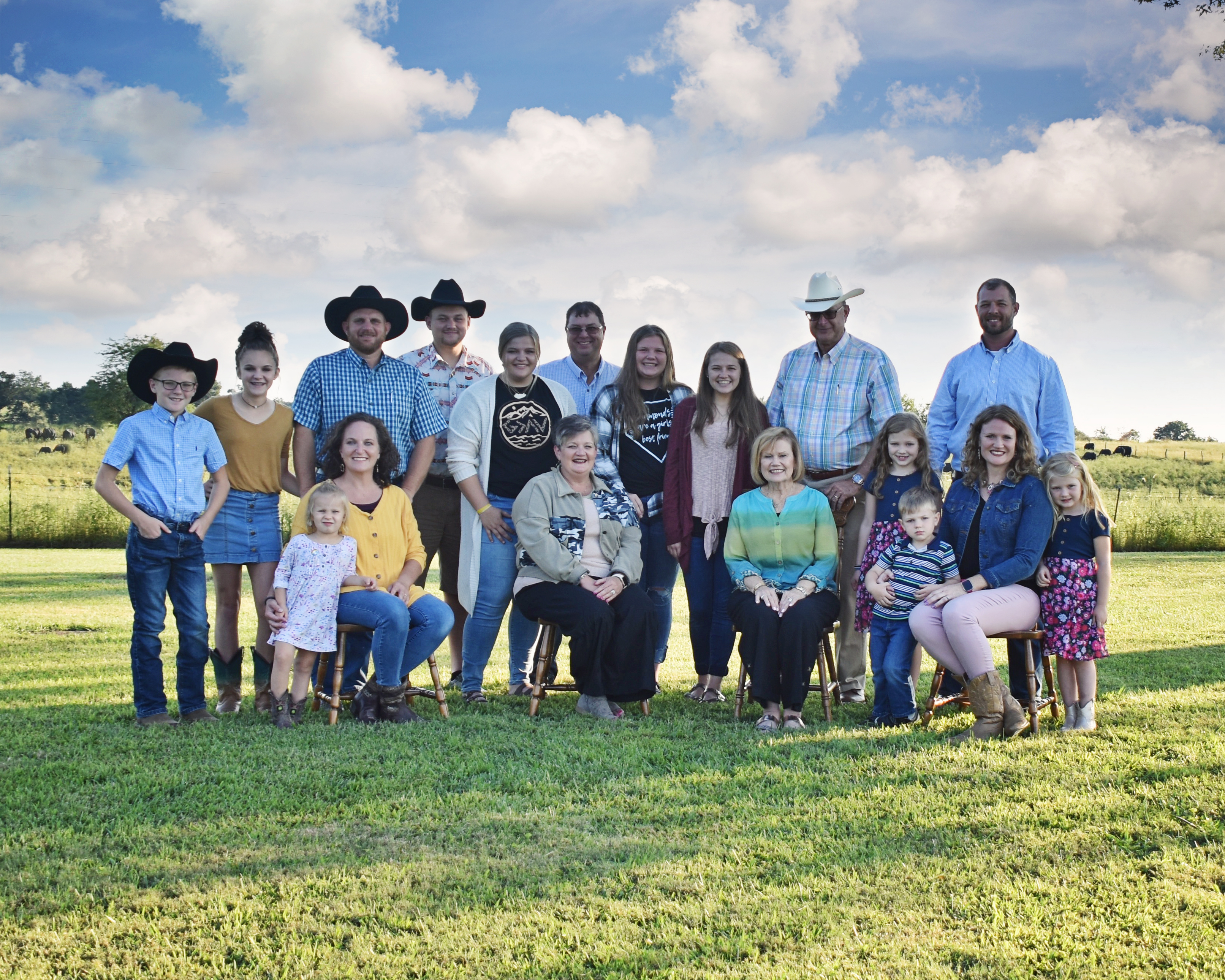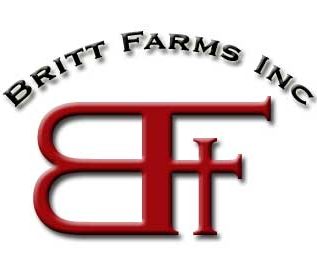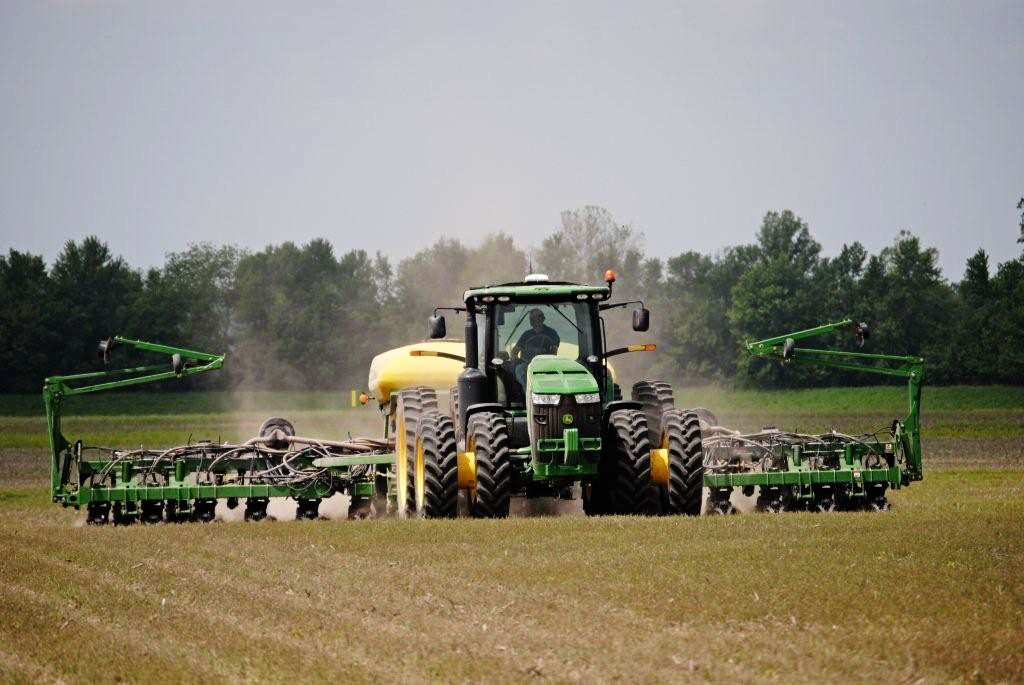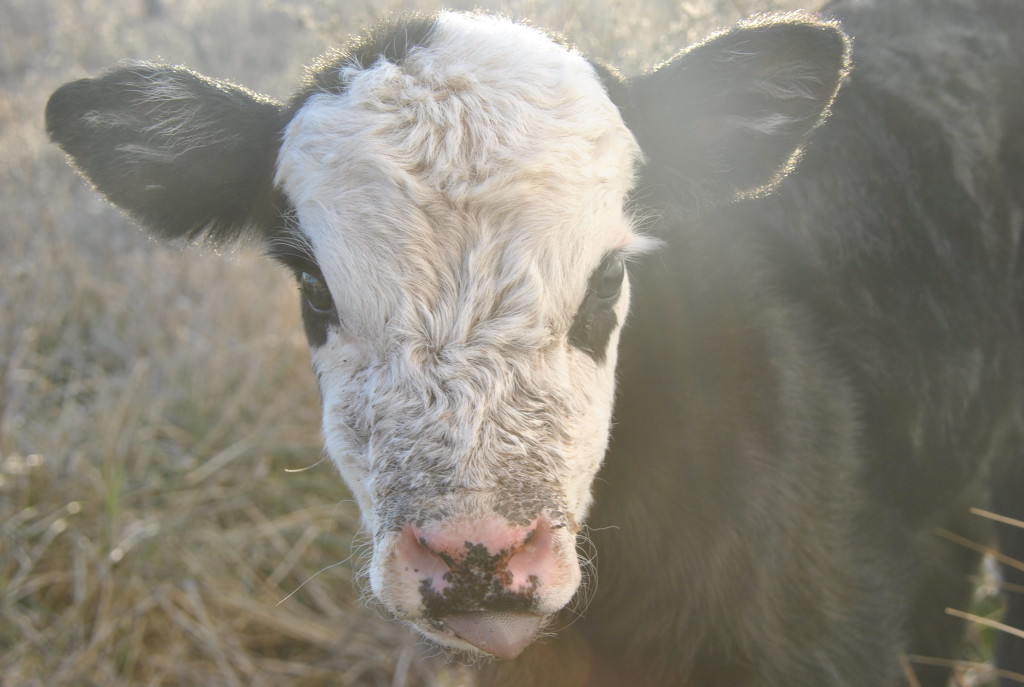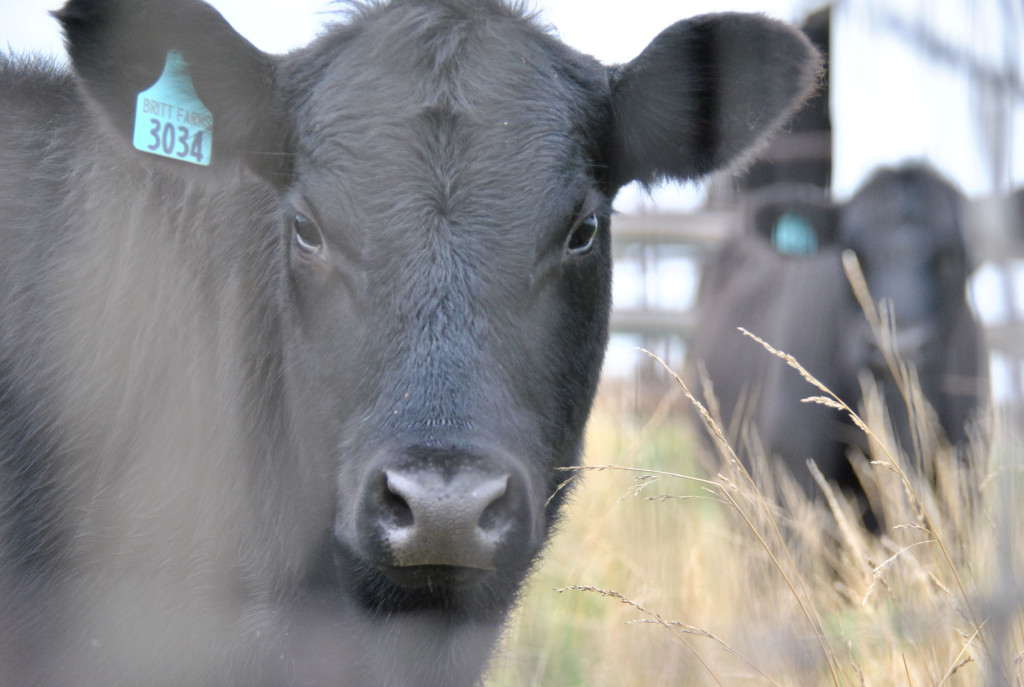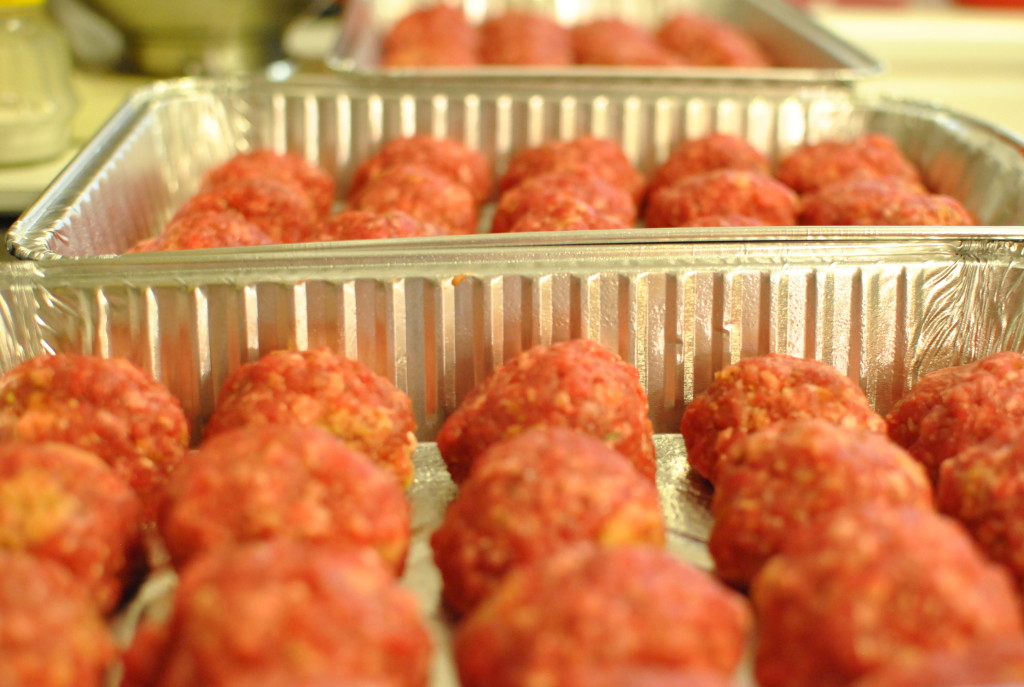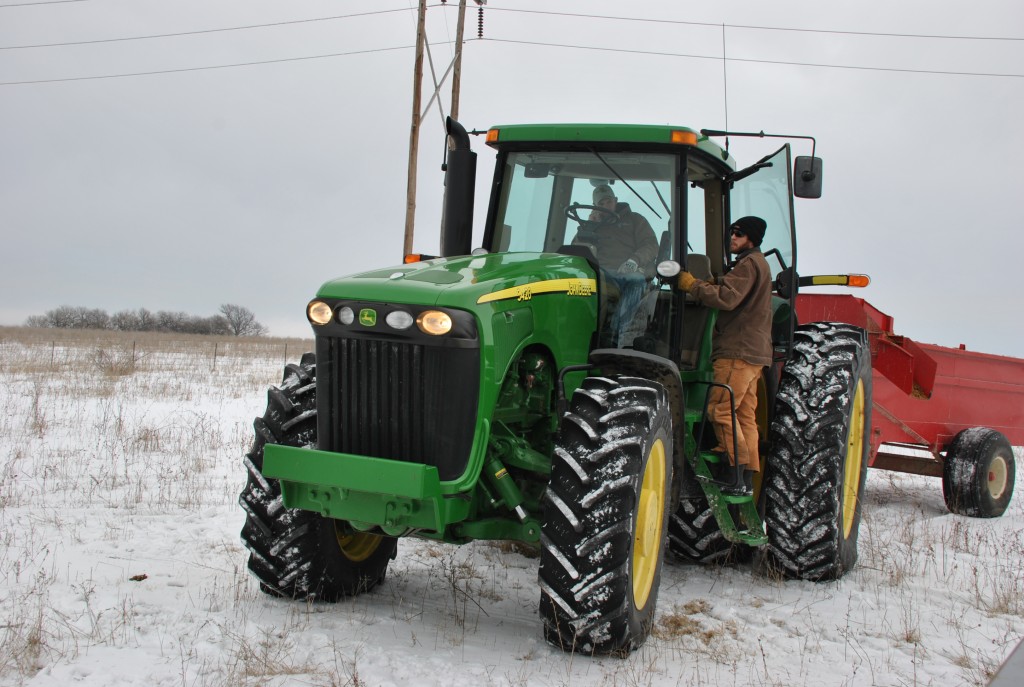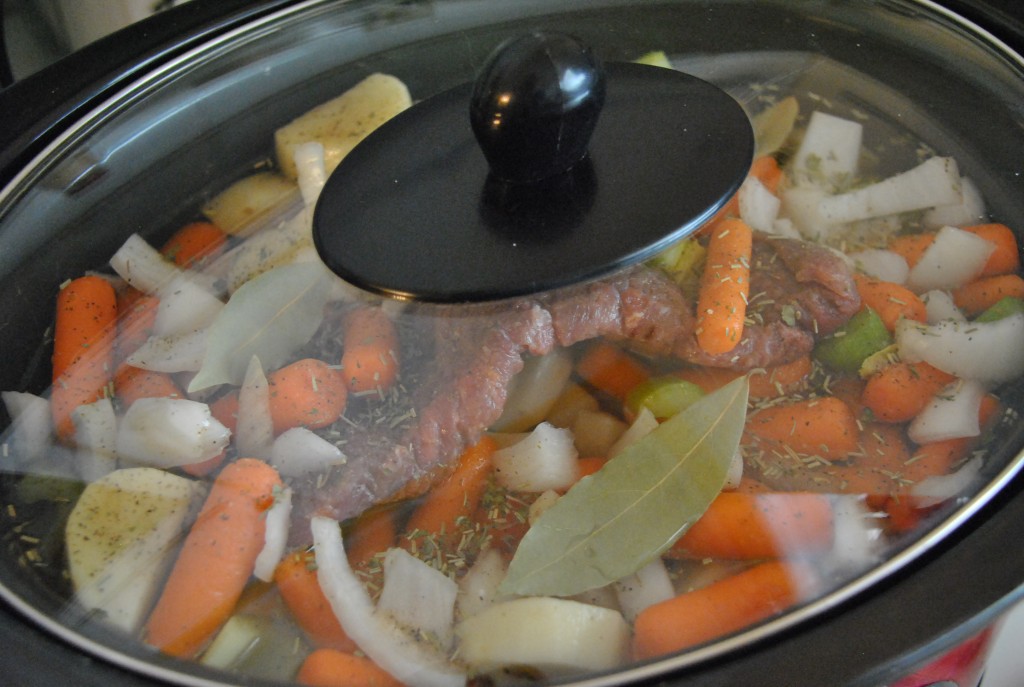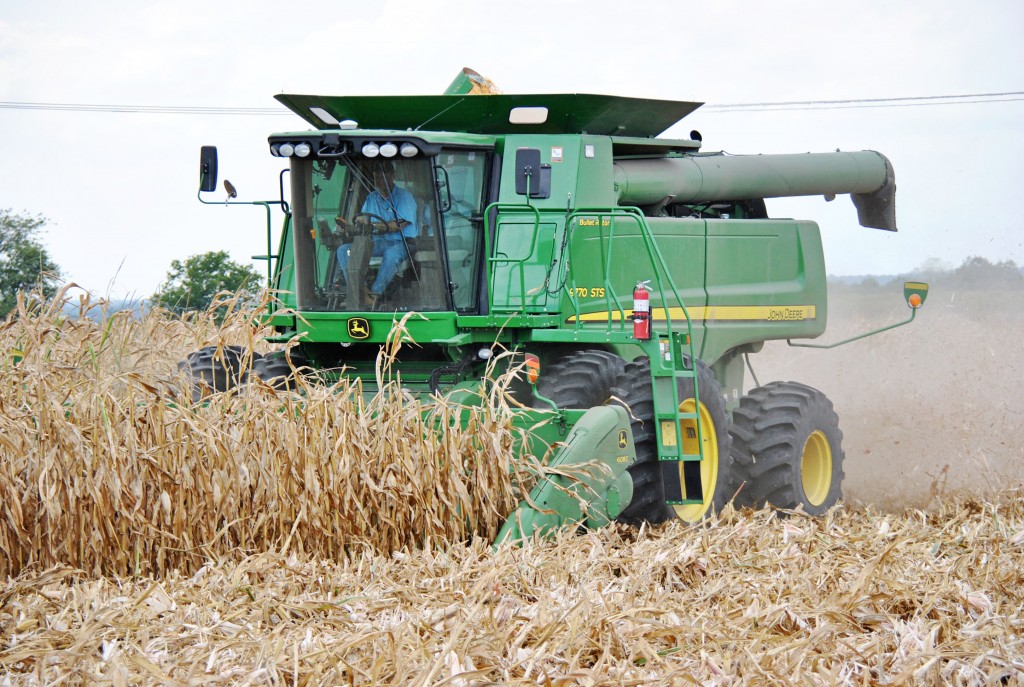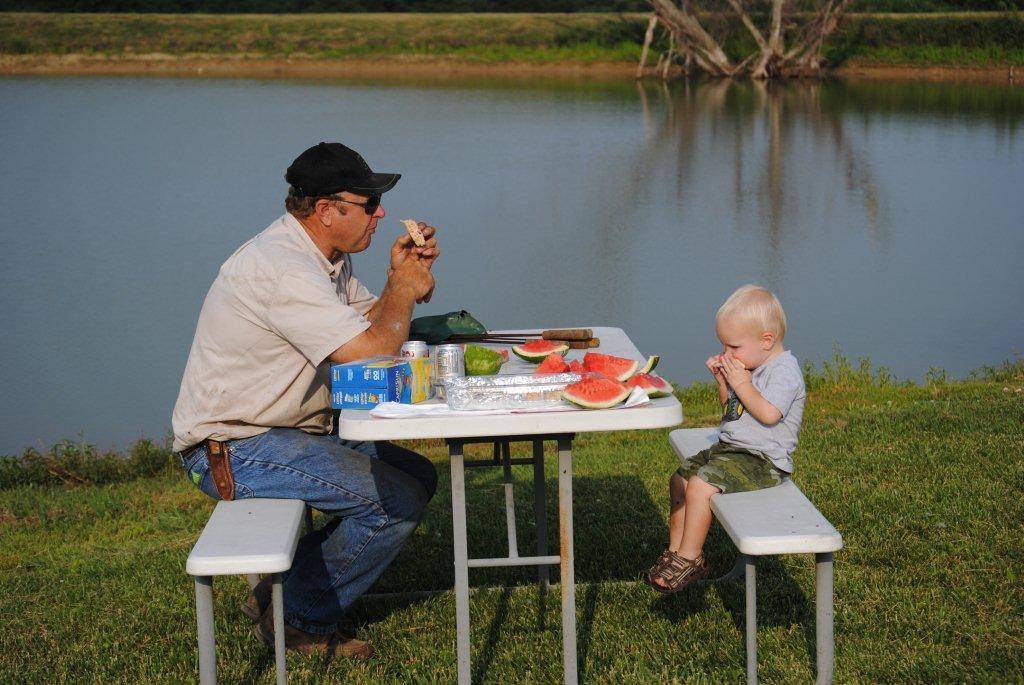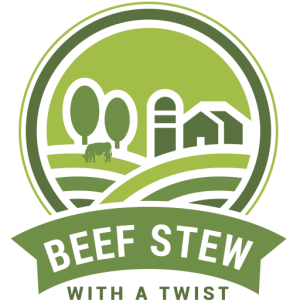Your source for Healthy and Affordable Beef
Celebrating Safe Beef with a Delish Grilled Burger Recipe!
Great news, friends! In case you haven’t heard yet, beef is safe! The cow infected with “Mad Cow Disease” did NOT enter the food chain! For more information and the facts on this finding, please read the full article below provided by Beef Magazine.
Now, with this mind, let’s all have BBQ’s this weekend! I have just the recipe for you!
Pioneer Woman’s Grilled Hamburgers
-
2 pounds ground beef
-
1 tsp salt
-
½ tsp black pepper
-
1/3 heavy cream
-
5 dashes of Worcestershire sauce
-
Tabasco sauce to taste
-
8 to 10 burger buns
Topping:
-
¼ Cup mayonnaise
-
1 tablespoon Pesto
-
1 medium red onion, sliced and sautéed in 1 tablespoon butter until golden brown
-
8 ounces button mushrooms, sautéed in 1 tablespoon butter until golden brown
-
½ cup crumbled blue cheese
Form meat mixture into 8 to 10 patties. Grill (or fry) until they’re no longer pink in the middle.
Spread both sides of the bun with the pesto mayo. Top the patty with caramelized red onion, sautéed mushrooms, and crumbled blue cheese.
Yum!!!
(From The Pioneer Woman Cooks—Food From My Frontier by Ree Drummond)
Article from Beef Magazine regarding the infected Californian cow:
On April 24, USDA confirmed a positive test result of Bovine Spongiform Encephalopathy (BSE) in a dairy cow in California. USDA has confirmed this animal did not enter the human food or animal feed supply. USDA is conducting an investigation to confirm the origin and age of this animal. In a media conference held on Tuesday evening, Guy Loneragan, epidemiologist and professor of food safety and public health and at Texas Tech University, provided an update on the case.
“Worldwide, there have been 180,000 classical cases of BSE, mostly in the UK, with 60 cases of the atypical. In the U.S., there have been four cases, with three of the four being an atypical strain of BSE — a rare form. The controls that help safeguard us from classical cases are also effective in protecting us from the atypical cases. What we do know is the firewall that protects us from classical BSE worked to protect the food supply from BSE,” Loneragan said.
“The next step will be identifying the animal, the age of that animal and the herd of origin. Investigations will be done on where the animal was born and raised and the herd will be studied to see if there are any other animals exhibiting symptoms of BSE. Of course, we are very early in our investigation, and we will continue to update the public as it unfolds. It’s important to note that BSE isn’t contagious. It can’t be passed from animal to animal or animal to person. It is transmitted from contaminated feed. However, there is a possibility that it’s not from the feed; it’s a spontaneous, sporadic event that might occur in older animals. Regardless of whether we completely understand this atypical strain of BSE, it’s important to know that we have the controls needed to protect the human and animal populations against BSE,” he added.
For questions and inquiries on BSE, direct consumers and media to www.bseinfo.org. Follow @BSEInfo on Twitter and utilize the hashtag #madcow and #BSEInfo in tweets. The beef checkoff has also developed a set of talking points for producers to use in conversations about BSE. Keep current on the latest BSE news at beefmagazine.com. Click on “BSE Information and News” in the “Hot Topics” section of the opening page.

